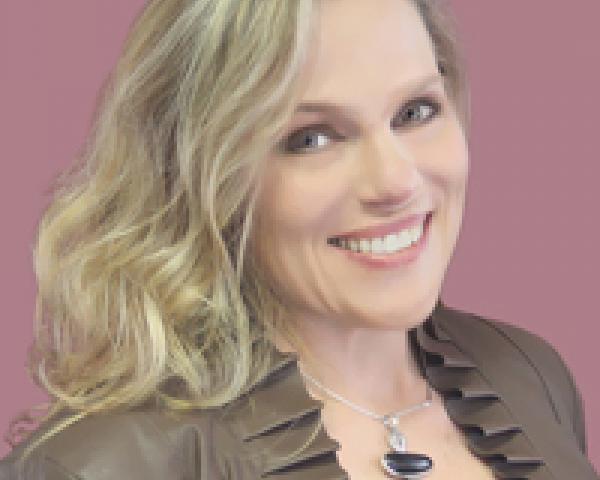For some, winter is a time of celebration – the holidays, winter sports, beautiful snowy landscapes and a reason to drink hot chocolate. For others, the shortened days bring on something called Seasonal Affective Disorder (SAD). For people who experience SAD, otherwise known as the “Winter Blues,” they find their symptoms of mild depression start in the fall and end as the sun shines for more hours in the spring. People who live farther from the equator are more likely to feel the effects of shorter days. According to the
American Family Physician, about 6% experience severe SAD and as many as 20% may experience a milder form of the disorder.
Common symptoms include:
- Lack of energy that is not fixed by increased sleep
- Upset mood: irritability, sadness, mood swings, anxiety
- Less interest in your usual activities
- Weight gain from increased carbohydrate craving
- Distraction and decreased ability to cope with stress.
What causes SAD? How can it be treated?
Sunlight affects our biological rhythms and our sleeping and hunger schedules. When we lose our ability to access sunlight, our “biological clock” is disrupted. Furthermore, sunlight affects one of our main mood chemicals, serotonin, the brain chemical that affects sexual desire, feelings of well-being, sleep, memory and even the way we interact with one another.
Thus, treatment for SAD can involve light therapy, counseling and medications. Dealing with SAD also means making a conscious effort to get outdoors when there is sunlight.
Here the Mayo Clinic offers more information on treatment and home remedies.
What is the relationship between SAD and suicide?
See also: Blueprint for Suicide Prevention
There is a myth that the winter holidays and “winter blues” increase the risk for suicide. Many inadvertently may increase risk by perpetuating this myth and interfering with prevention efforts through this misinformation. According to the CDC, the suicide rate is, in fact, the lowest in December and the winter months around the world; the rate peaks in the spring and the fall. Several theories exist as to why this might be so. One is that during the holidays, more family tend to be around, which might increase a sense of connection or decrease opportunity for suicide. Another reason might be that people hold on for hope of positive changes in the new year, and when these changes don’t happen, their hopelessness increases. One final reason related to SAD is that, when the sun returns and the weather warms, some may find an “energized despair,” when before their energy was too low to act on their suicidal thoughts.
See also: What Is the Business of Workers’ Comp?
In summary, Seasonal Affective Disorder is real and can be very disruptive to health, productivity and relationships. Like all other health conditions, early detection and treatment can significantly improve quality of life.








